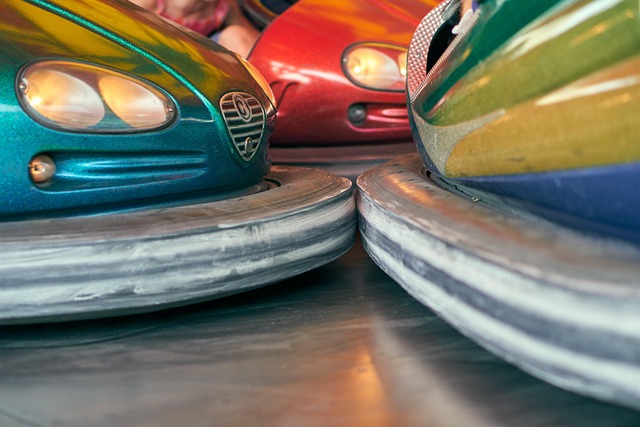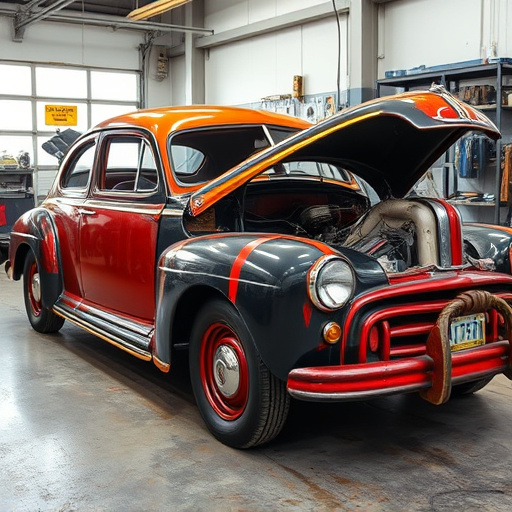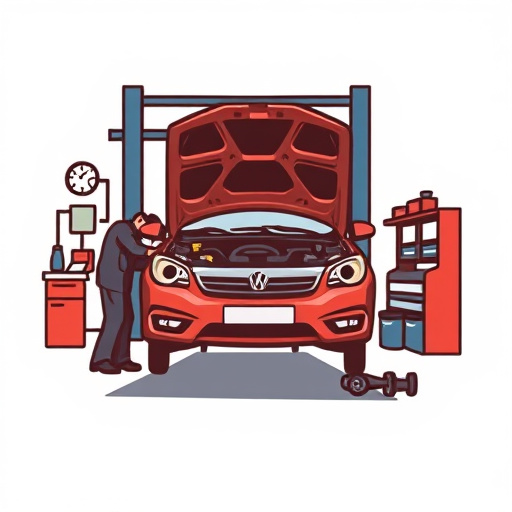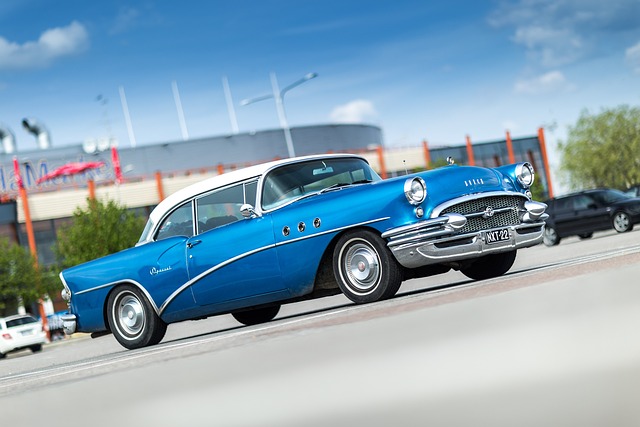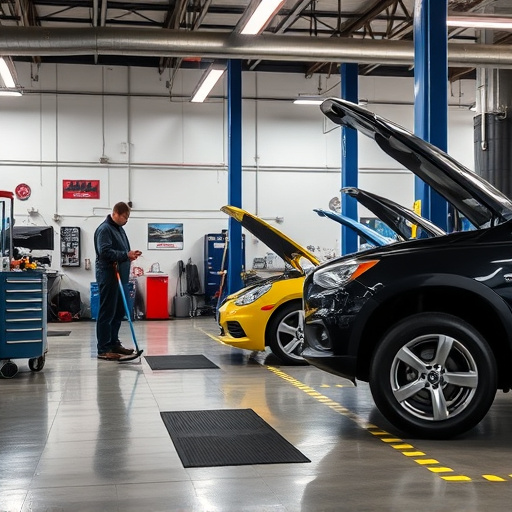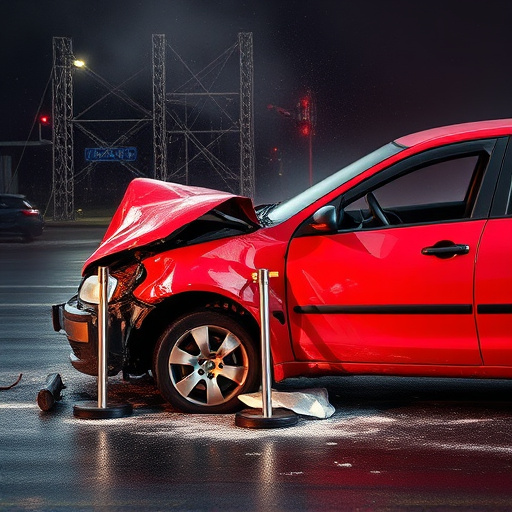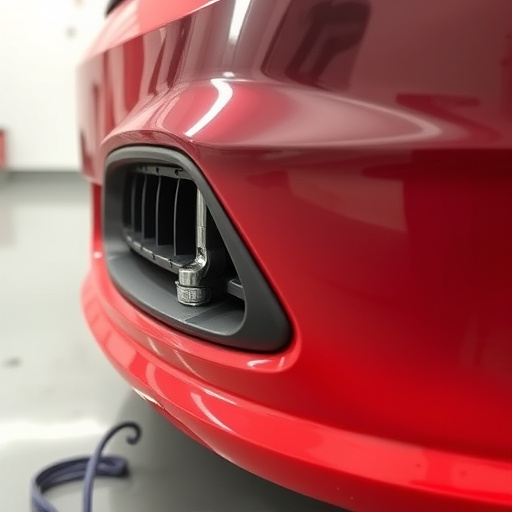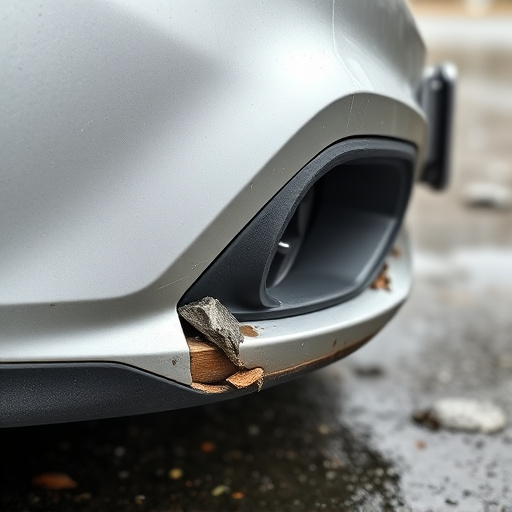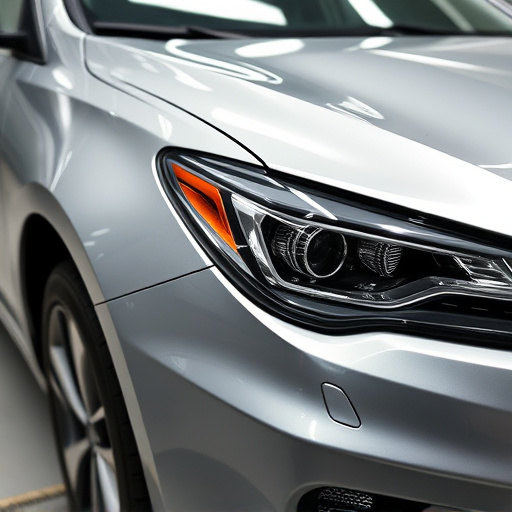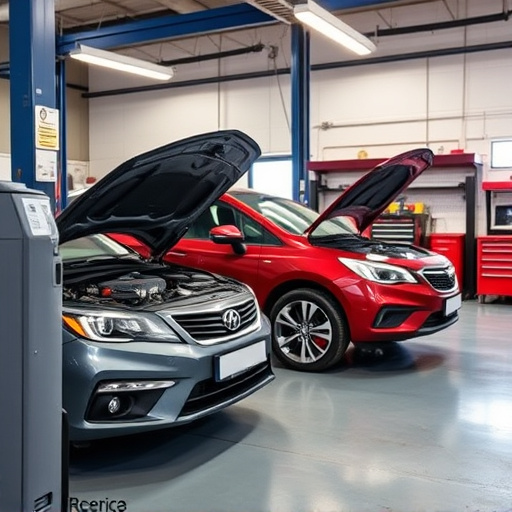OEM repair procedures are industry-standard for collision restoration, ensuring vehicles meet safety and aesthetic standards. Developed by automotive manufacturers, these guidelines dictate precise steps from frame straightening to paint matching. Skilled technicians use cutting-edge tools to interpret and execute these instructions, maintaining vehicle value and customer satisfaction. Following OEM procedures and using genuine parts offers superior quality, accurate fits, and effective repairs for minor to major damages, restoring vehicles to pre-accident condition. Implementing OEM repair procedures requires technical expertise, training, specialized tools, genuine parts, and communication with OEMs to enhance service quality.
OEM repair procedures are transforming the collision repair industry, prioritizing original equipment manufacturer standards for safety and quality. This article delves into the intricacies of these procedures, exploring their fundamental principles, significant advantages, and practical implementation challenges. By understanding and adhering to OEM best practices, repair shops can ensure superior craftsmanship, reduced costs, and enhanced customer satisfaction. Discover how these processes are revolutionizing vehicle restoration, promoting consistency, and setting new benchmarks in the industry.
- Understanding OEM Repair Procedures: The Basics
- Benefits of Using OEM Parts and Techniques
- Implementing OEM Repair: Challenges and Best Practices
Understanding OEM Repair Procedures: The Basics
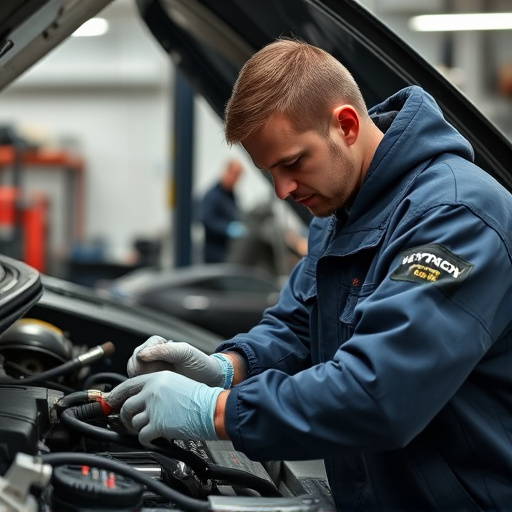
OEM (Original Equipment Manufacturer) repair procedures are the gold standard for collision repair, ensuring that vehicles return to their original specifications and performance levels. These guidelines are meticulously developed and refined by automotive manufacturers to maintain the integrity and safety of their vehicles. By adhering to OEM protocols, auto body repair shops can guarantee precise and high-quality auto body repairs, restoring cars to their pre-accident condition.
Collision repair professionals must have a deep understanding of these procedures, which involve intricate steps for everything from frame straightening and panel replacement to paint matching and final inspection. Utilizing the latest tools and technologies, skilled technicians interpret OEM instructions to perform meticulous auto body repairs, ensuring each car is returned to its owner in safe and reliable condition. This commitment to excellence not only satisfies customers but also plays a significant role in maintaining the overall value of vehicles on the road.
Benefits of Using OEM Parts and Techniques
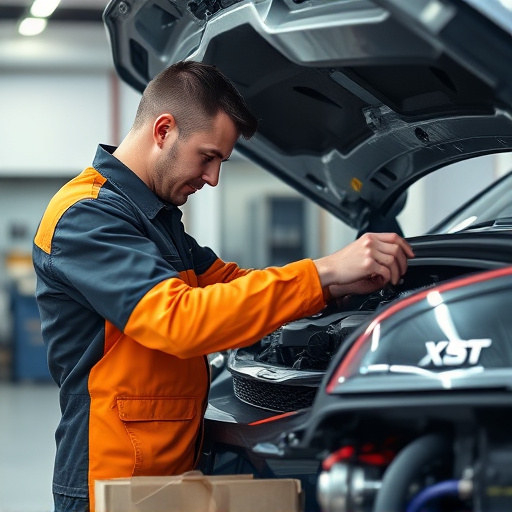
Using Original Equipment Manufacturer (OEM) parts and following precise OEM repair procedures offers numerous advantages in the collision repair industry. These genuine parts are designed specifically for a particular vehicle model, ensuring an exact fit and superior quality that mirrors the original manufacturing standards. This attention to detail is particularly crucial when aiming for flawless vehicle restoration, as it guarantees structural integrity and long-lasting performance.
OEM repair procedures provide a systematic approach to car dent removal and body shop repairs. By adhering to these procedures, skilled technicians can effectively address various damage scenarios, from minor scratches to significant crashes. This methodical process not only streamlines the repair work but also enhances the overall aesthetics of the vehicle, making it virtually indistinguishable from its pre-accident condition.
Implementing OEM Repair: Challenges and Best Practices
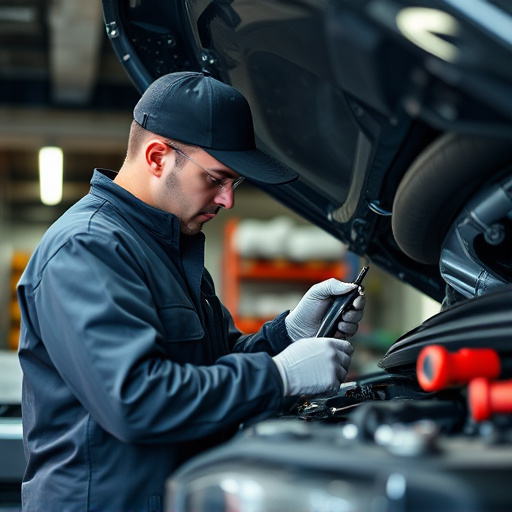
Implementing OEM (Original Equipment Manufacturer) repair procedures in automotive collision repair is a complex process that presents both challenges and significant advantages. The primary challenge lies in ensuring precise adherence to the manufacturer’s guidelines, which often involve intricate step-by-step processes designed for specific vehicle models. This requires a high level of technical expertise from the repair technicians.
Best practices for effective OEM repair include comprehensive training for the service team, investment in specialized tools and equipment, and the use of genuine replacement parts. Regular updates on new procedures and technology, often available through manufacturer guidelines and industry forums, are crucial. Additionally, fostering open communication between repair shops and OEMs can help address challenges promptly and enhance the overall quality of car collision repair services.
OEM repair procedures play a pivotal role in collision repair, ensuring vehicles return to their pre-accident condition. By adhering to original equipment manufacturer (OEM) standards and using genuine parts, repair shops can deliver high-quality, reliable results. While implementing these procedures presents challenges, best practices include staying updated with industry standards, investing in proper training and tools, fostering collaboration among manufacturers and repairers, and prioritizing customer satisfaction. Embracing OEM repair ensures vehicles are safely restored, preserving their value and safety on the road.

